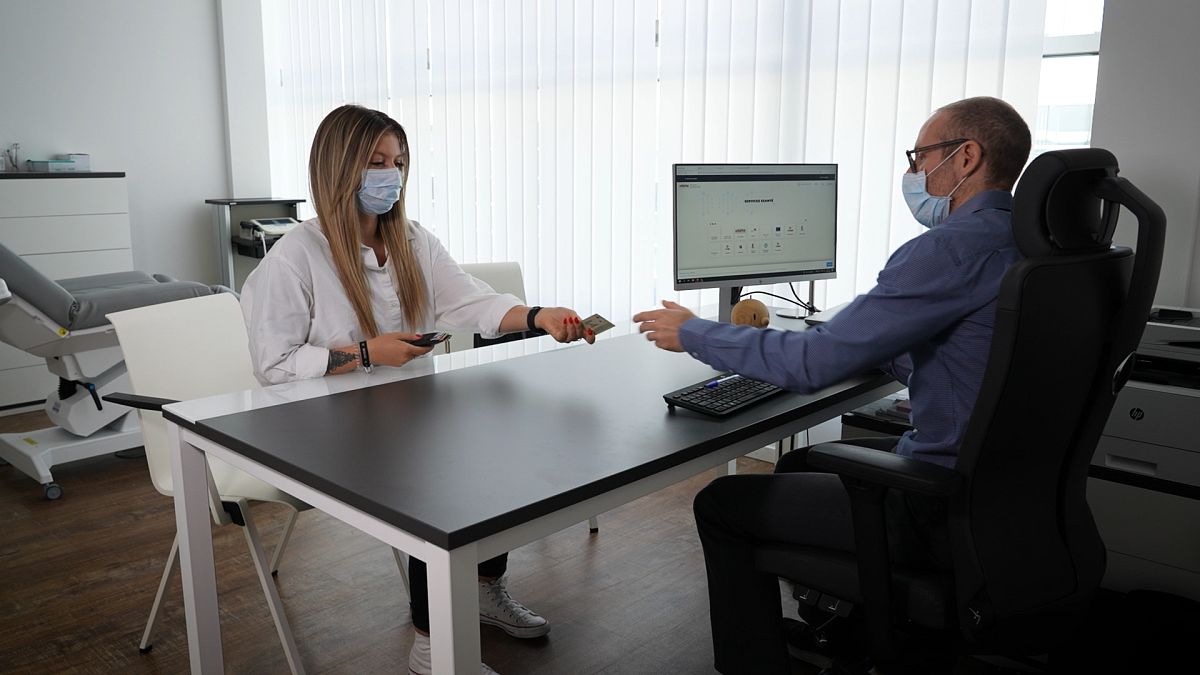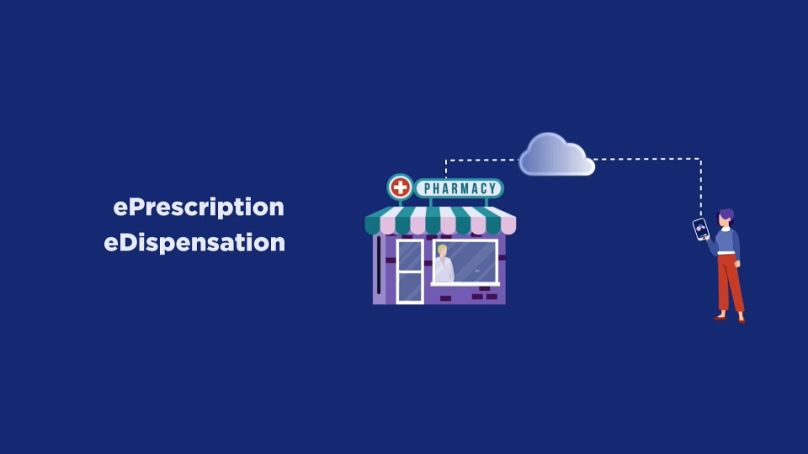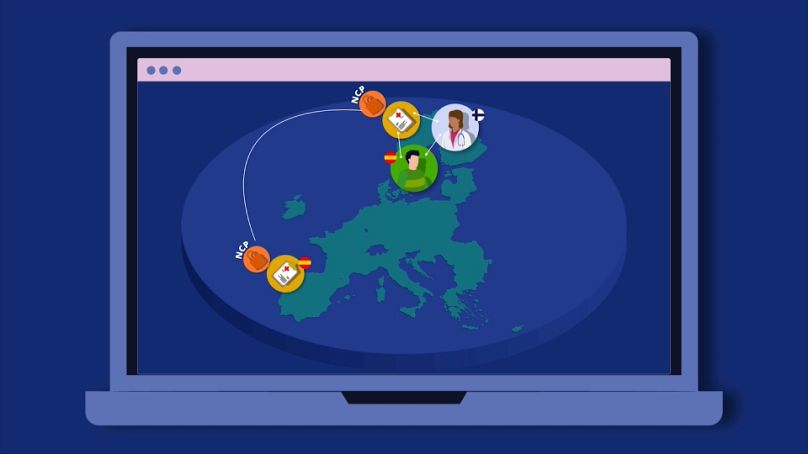One thing that the Covid-19 pandemic categorically demonstrated to the world was that disease does not recognise borders. So why should EU patients? By sharing cross-border health data doctors can now treat patients from other member states by using Patient Summary services and e-prescriptions.
The worldwide Covid-19 pandemic highlighted many aspects of world health, but perhaps the most obvious and most important is that diseases have no borders.
The mobility of people within the European Union has increased massively in recent years. so it’s become increasingly important that information on the medical background of a patient should be available to all citizens and healthcare professionals, wherever they live in Europe. Consequently this been a trigger in the adoption of digital health tools.
Cross border healthcare
Currently, two cross-border e-health services are already operational in several European countries. The e-prescription and dispensation allows European citizens to get their medicines from a pharmacy in another Member State.
The patient summary provides medical information to ensure healthcare for patients coming from another EU country. Both services are part of the MyHealth@EU, which is the infrastructure that enables the exchange of health data across the European Union.
Laurent Vandenhove is a Doctor at the Capellen Medical Centre in Luxembourg.
"It may be possible that there will be problems of understanding and communication, particularly in terms of language. This is why it is important for patient and doctor to be able to safely have data translated into the language of the country in which the doctor practices."
Patient Summary service
Luxembourg has been running the Patient Summary service for two years now. Once the patient agrees to share health data, doctors can access useful medical information.
Doctor Laurent Vandenhove again.
"The data accessible at the level of this cross-border exchange are: patient's doctor, diseases and surgical interventions that the patient has had in the past, medical devices, allergies, in particular drug allergies, treatments and vaccines ."
At a European level the full potential of digital health will be reached in the next few years with the implementation of the European Health Data Space.
To facilitate cross-border exchange and sharing of health data Luxembourg has implemented the technical requirements to enhance interoperability between the IT systems.
Heiko Zimmermann is Head of IT Interoperability Department, at eSanté, Luxembourg.
"For the implementation of the Patient Summary, we have to master some challenges. On one hand, to implement the technical interoperability, which means to let the systems communicate, to implement semantic interoperability (= same code of language), and also to provide data in a coded and structured form, to allow this translation and transcoding for the health professional"
Interoperability digital health
Interoperability between health systems across borders have also positive effects on healthcare costs, as it reduces duplications of clinical tests. Another important benefit is the quality of diagnosis, as explained by an expert in digital health, Hugo Van Haastert, Policy Officer, European Commission, DG Health.
"This will actually promote the continuity of care. It also promotes the safety, because sadly, what we see right now is that because of a lack of information, doctors and nurses sometimes make medical errors, and this can be damaging or even fatal to patients."
Protection of patient's health information is key for data sharing, so the infrastructure must meet the highest security criteria. Hugo Van Haastert again.
"All the different IT systems in the different countries are connected through national contact points for e-health. And the exchange of data across the EU takes place through a separate network that is not connected to the internet. To ensure the safety of the transport of the health data."
Patient summaries and ePrescriptions services are already fully available in ten European countries, but over the next few years they will be progressively implemented across Europe, supporting quality healthcare for citizens, and without borders.






